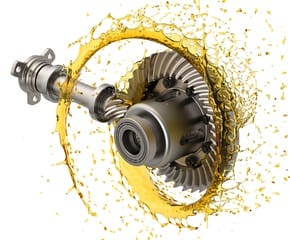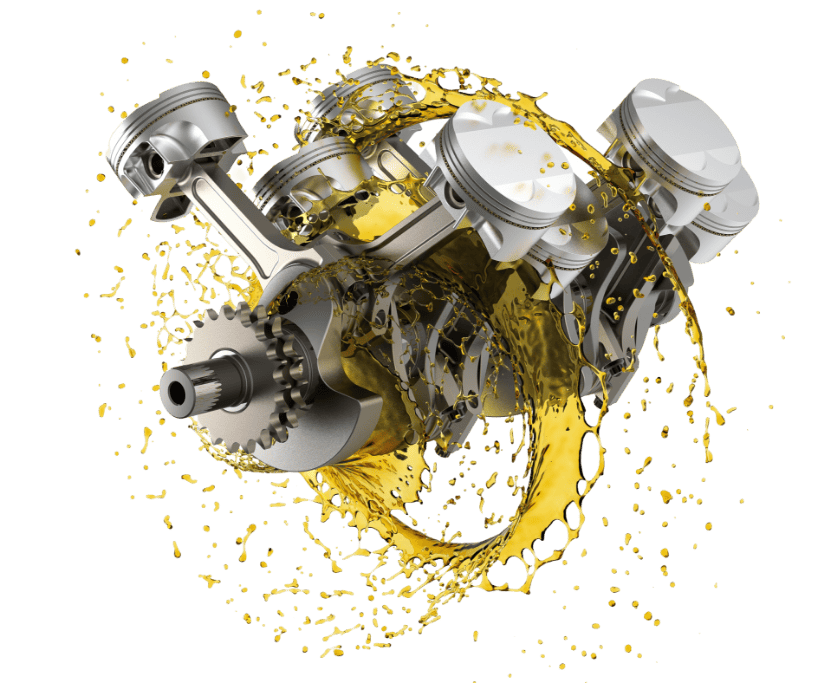Functions of industrial gear oils
Prevents wear and tear of the gear set.
• In various production processes Force will be exerted on the contact surfaces of the gear teeth both perpendicularly and laterally. Friction causes wear and tear and damage. The gear oil used must have a strong film and can withstand pressure to reduce friction and prevent friction between the contact surfaces of the gears to prevent wear and tear throughout working conditions.
cooling
• In lubricating the gear set, it was found that the amount of oil was only 2%. The oil in the entire reservoir serves as lubrication between the gear teeth, while the remaining 98% acts as a medium for cooling. Each time the gear teeth collide The pressure between the gear teeth causes heat to build up to a point where the gear temperature remains constant, that is, the point at which the heat generated by friction equals the heat given off by the oil to the air or cooling system. In the event that the transmission fluid is unable to transfer heat from the transmission to the cooling system. It will cause the temperature of the gear set to be higher than normal.
Prevents rust and removes dirt from the system.
• Gear oil helps prevent rust by acting as a coating on the metal surface to prevent air and oil from having a chance to react with the metal. In the same way, water or other foreign substances are suspended in the gear oil and removed from the system by the filter or formed. Separation in an oil bath
Choosing the correct gear oil helps ensure consistent gear operation and maximum efficiency. Using incorrect or low-quality gear oil will cause the gear to wear out, vibrate, make noise, lose power, or eventually become damaged. There are many factors to consider before deciding to use gear oil.
– Starting temperature before operation to the highest temperature at which the gear operates.
– Type of gear such as hypoid gear, pig spur gear. or bevel gear
– Material used to make gears
– The nature of the load acting on the gear set, such as the load is continuous. or the rhythm of the work cycle or the nature of shock (Shock Load)
Gear oil currently used Can be divided into 3 types:
Light duty gear oil The gear will receive a small load but at the same time the rotational speed will be high. An important function of oil is cooling. Therefore, it is popular to use oil that is clearer than normal, such as number 68 or number 100.
Gear oil for medium to heavy duty applications. Gears must operate under high pressure, which is prone to wear and tear. The oil used must contain high pressure additives (EP) to help lubricate and prevent wear that may be caused by pressure or sliding or impact.
Synthetic gear oil Used to lubricate gear sets that must operate under harsher conditions than normal. This is because ordinary mineral oil can support the work. Synthetic oils are generally suitable for transmissions that must support extremely high loads. or temperature higher than normal or to increase the lifespan of the oil longer




